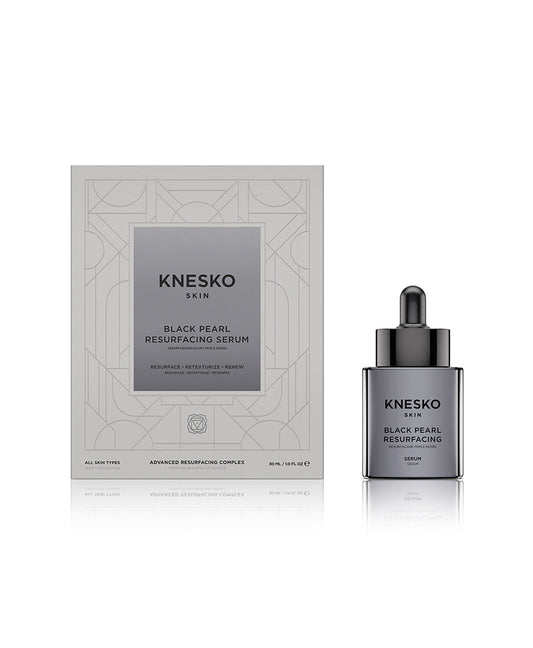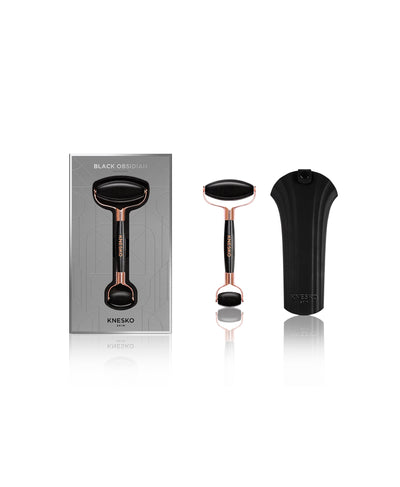Chronic inflammation can do a lot of harm to the body, including your skin—and much of that can come from your diet. Swelling, breakouts and rashes are some of the unfortunate side-effects of skin inflammation. The good news is you can actually eat your way to healthier skin! Learning what foods are natural inflammation fighters and which may be triggering your red, irritated, and tired complexion can help avoid inflammation-triggering foods and set you on the path to healthier, brighter skin.
Foods that Fight Inflammation
Many foods contain vitamins, minerals, and antioxidants that can ward off and even reverse chronic inflammation. As an added benefit, most of these foods are also packed with other health benefits, making it a lot easier to decide what goes onto your plate. Try incorporating more of these anti-inflammatory favorites from each of the major food groups to improve the health of your skin and your body.
Fruits and Vegetables
We all know that adding more fruits and vegetables to our diet can is essential for our overall health. It’s no surprise that fruits and leafy greens can also dramatically reduce inflammation. Almost every fruit and vegetable has properties that fight off inflammation. Instead of deciding which is better, try to incorporate as many as possible into your diet. Power inflammation fighting fruits and vegetables you want to make sure are on your diet list:
- Blueberries
- Pears
- Apples
- Citrus fruits
- Mushrooms
- Green and Yellow Peppers
- Carrots
- Broccoli
- Cabbage
- Tomatoes
Herbs, Spices, and Oils
Some of your favorite herbs, spices, and oils could help to boost your body’s antioxidant intake and regulate inflammatory cells throughout the body. Add extra flavor to your meals and incorporate ingredients with anti-inflammatory properties as an added health bonus. There aren’t any existing serving size recommendations, so sprinkle generously. Just watch for added sugars!
Here are some of the most popular flavor additives for inflammation:
- Rosemary
- Thyme
- Tarragon
- Black pepper
- Cumin
- Basil
- Parsley
- Garlic
- Hot peppers
- Turmeric
- Sage
- Olive Oil
Fish
Doctors and dietitians have long praised fish as a key staple to a healthy diet. Packed with Omega-3 fatty acids, an essential compound to prevent inflammation and other health concerns such as depression and anxiety, eating Omega-3 laden fish is a great decision for overall health. Ideally, you should eat at least two fish-focused meals per week.
Here are some fish high in Omega-3s and low in mercury:
- Salmon
- Rainbow Trout
- Sardines
- Atlantic Mackerel
- Arctic Char
If you’re a vegetarian or vegan or unable to incorporate fish into your diet, you can make up for it with an Omega-3 supplement.
Whole Grains & Legumes
Grains and legumes are a staple in many cuisines around the world for good reason: filling, abundant, and nutritious, consuming healthy serving sizes of whole grains and legumes can fight off disease-causing inflammation and curb your appetite.
Add these into your eating plan for a well-rounded anti-inflammation diet:
- Brown rice
- Barley
- Whole Rye
- Quinoa
- Buckwheat
- Oatmeal
- Black beans
- Garbanzo beans (chickpeas)
- Lentils
- Kidney beans
Coffee & Tea
If you’re a caffeine lover, you’re probably pretty happy to find coffee and tea are on the list of inflammation fighters. Coffee and tea both contain polyphenols, which can regulate activities in inflammatory cells. This recommendation does depend on your body’s tolerance to caffeine and how much milk or sugar you add to each cup.
Dark Chocolate
Hallelujah! Chocolate is an absolute yes when it comes to eating to fight inflammation. Dark chocolate is packed with flavanols that ward off inflammation. Of course, this depends on where and how your chocolate is sourced and how much sugar is added. It’s best to stick to high-quality chocolate bars and powders that contain at least 70% cacao.
On the other hand… foods that trigger inflammation
How we grow, raise, store, and prepare food has changed drastically over the years—and not always for the best. Processed food has undoubtedly made storing and preparing meals easier (and in some cases tastier). But the flip side is processed foods also cause our bodies to be in a constant state of inflammation. Trying to eliminate, or at least limit, your intake of these food groups can help you manage flare-ups and improve your overall health:
- Sugar (candy, pastries, drinks, etc.)
- Fried foods
- Processed meats
- Prepackaged meals and fast food
- Red meat
- Refined carbohydrates (white rice, pasta, white flour)
- Trans fats (shortening, margarine, partially hydrogenated vegetable oil)
Calming Inflamed Skin Instantly
Starting and maintaining a consistently healthy diet can significantly reduce inflammation, leaving you with a cleaner, calmer, brighter complexion. However, it can take time for the body to digest the benefits of your new diet and even longer for it to improve your skin.
A detox mask with anti-inflammatory qualities
One of the best ways to brighten your skin is by incorporating our detoxifying charcoal mask into your routine. A detox mask can help clear out impurities while packing your pores with anti-inflammatory antioxidants that will calm, soothe, and hydrate inflamed skin.
The post The Ultimate Food Guide to Fighting Chronic Inflammation appeared first on KNESKO SKIN.









